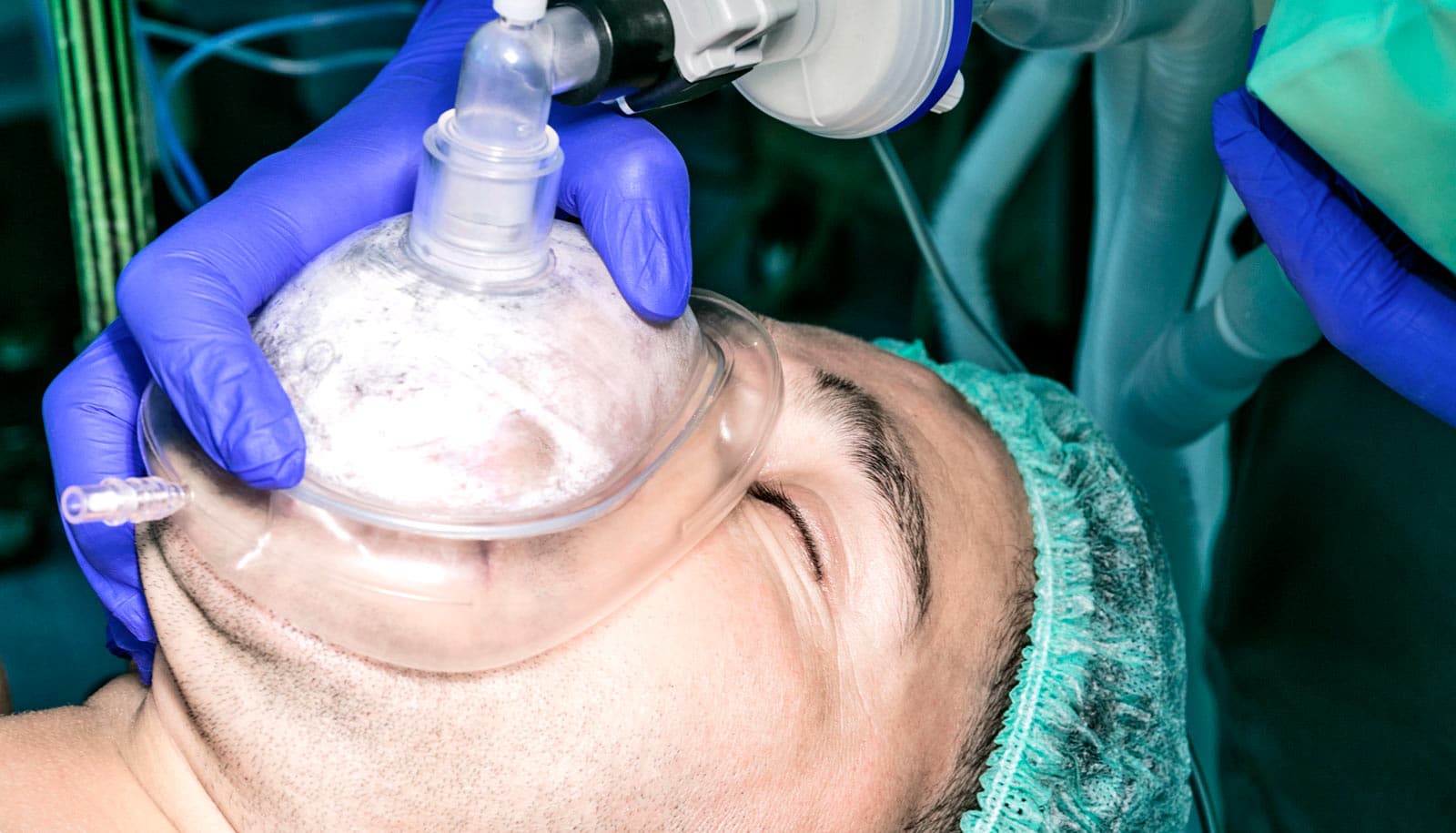New research digs into exactly how the anti-aging effects of the drug rapamycin work, which potentially expands uses for the drug.
In 1972, Easter Island, called Rapa Nui, famous for its moai statues, offered a new wonder: the discovery of rapamycin.
Over the past three decades, rapamycin, which was isolated from soil bacteria, has been applied as an immuno-suppressor in a multitude of ways, including to coat coronary stents and to reduce the immune responses in people who receive organ transplants.
Currently, it’s garnering attention because of its potentials in anti-cancer and neuroprotection as well as anti-aging therapies.
A particular pathway
The drug works by targeting a master regulator of cell growth in our cells called mTOR. When rapamycin targets mTOR, it inhibits cell growth. This makes a potent anti-cancer drug, since uncontrolled cell growth is part of cancer. The inhibition of mTOR also triggers autophagy, a process by which lysosomes, the so-called recycling centers of cells, clean up misfolded proteins and damaged organelles. These proteins and organelles are then turned into amino acids and sugars for reuse by the cell.
“The main function of the lysosome is to maintain the healthy state of the cell because it degrades the harmful stuff within the cell,” says Xiaoli Zhang, a postdoctoral researcher in the molecular, cellular, and developmental biology department at the University of Michigan. “During stress conditions, autophagy can lead to the cell survival by degrading dysfunctional components and providing the building blocks of cells, such as amino acids and lipids.”
Researchers have long thought that rapamycin targets more than one cellular pathway. Now, Zhang and her fellow researchers have discovered which pathway it is—a calcium ion channel on the lysosomal membrane called TRPML1.
Healthy cells
Autophagy is crucial to cellular health, serving as the recycling pathway for maintaining protein and organelle quality. Cells become cluttered with dysfunctional proteins and organelles during the natural process of aging, and especially in neurodegenerative diseases such as Alzheimer’s Disease and Parkinson’s Disease. Autophagy is closely dependent on lysosomal activity. As the main calcium channel on the lysosome, TRPML1 is critical in regulating lysosomal function.
“Without this channel, you get neurodegeneration,” says Haoxing Xu, principal investigator of the study. “If you stimulate the channel, it’s anti-neurodegeneration.”
Lead authors Zhang and Wei Chen investigated TRPML1 by using a state-of-art technique called a lysosome patch clamp. When the research team applied rapamycin to lysosomes, they could see rapamycin opens the channel no matter whether mTOR was active or not, indicating that rapamycin activates TRPML1 channel independent of mTOR activity.
Most importantly, the team found that rapamycin enhanced autophagy dependent on TRPML1, because in the TRPML1-defective cells, rapamycin could no longer trigger autophagy.
“We think lysosomal TRPML1 may contribute significantly to the neuroprotective and anti-aging effects of rapamycin,” Chen says. “The identification of a new target of rapamycin offers an insight in developing the next generation of rapamycin, which will have a more specific effect on neurodegenerative disease.”
The research appears in PLOS Biology.
Source: University of Michigan



